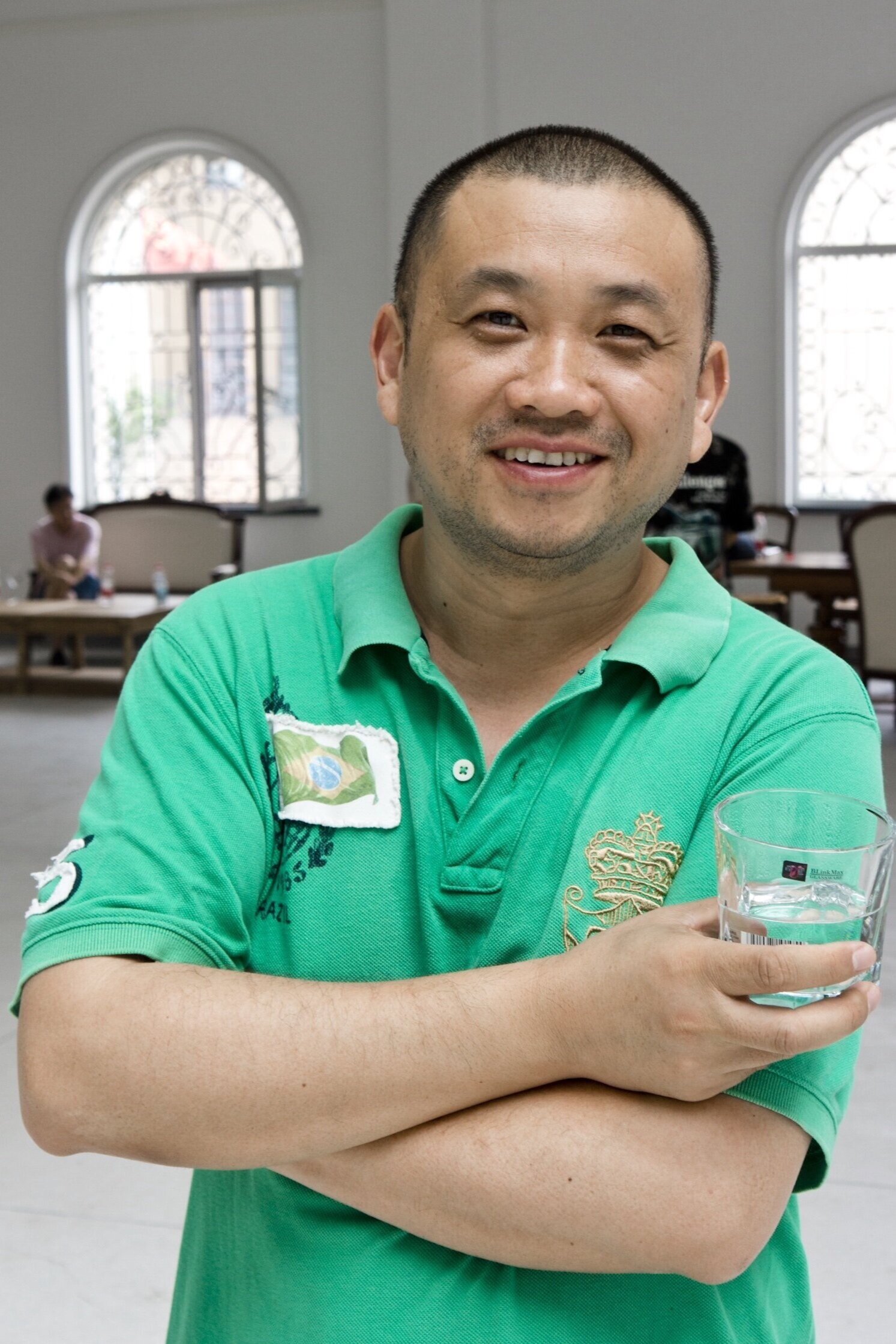Shen JingDong provides a definitive example of commercialised aesthetics in Chinese contemporary art
Respect
I was born into a family of teachers in Nanjing, China on the eve of the Cultural Revolution. My father was a primary school art teacher, and my mother, a primary school mathematics teacher. My father named me Shen Jingdong, which means to love and respect Mao Zedong.
Influence
Deeply influenced by my father, I have been fond of painting since I can remember. In the first grade of primary school, I participated in the Nanjing Children's art exhibition. In the fourth and fifth grade, I would copy Chairman Mao's portrait. In middle school, I began to learn how to sketch and at the age of 16, I successfully entered the art class of Nanjing Xiaozhuang Normal University. That was when I began my formal art education.
Education
After graduation, I followed in my parents’ footsteps and became an art teacher in primary school for three years. This early exposure and contact with children's painting has a profound influence on my later creations.
Style
The early serial paintings I made in my twenties were published in important art periodicals. Even in those early works, there are clear indications of my art style today. I left my teaching job to further my art studies and got into the print Department in the prestigious Nanjing Academy of Fine Arts. After graduation, I was scouted to join the front line art troupe of Nanjing Military Region to engage in stage design.
Journey
In 2004, I rented a studio in Beijing to paint, and in 2006, my first solo exhibition in Beijing 798 was held with great success. In 2007, I held a solo exhibition in Hong Kong, and in 2008, in New York, both of which achieved good acclaim. I officially left the army in 2009 and now works in Yanjiao, not far from Beijing.
Wondrous
Over the past 16 years, I have had the opportunity to exhibit my artworks which include paintings, sculptures, installations and videos in many countries around the world. At the same time I was also glad that my works are widely collected by galleries and collectors as part of the thriving art scene in Beijing.







